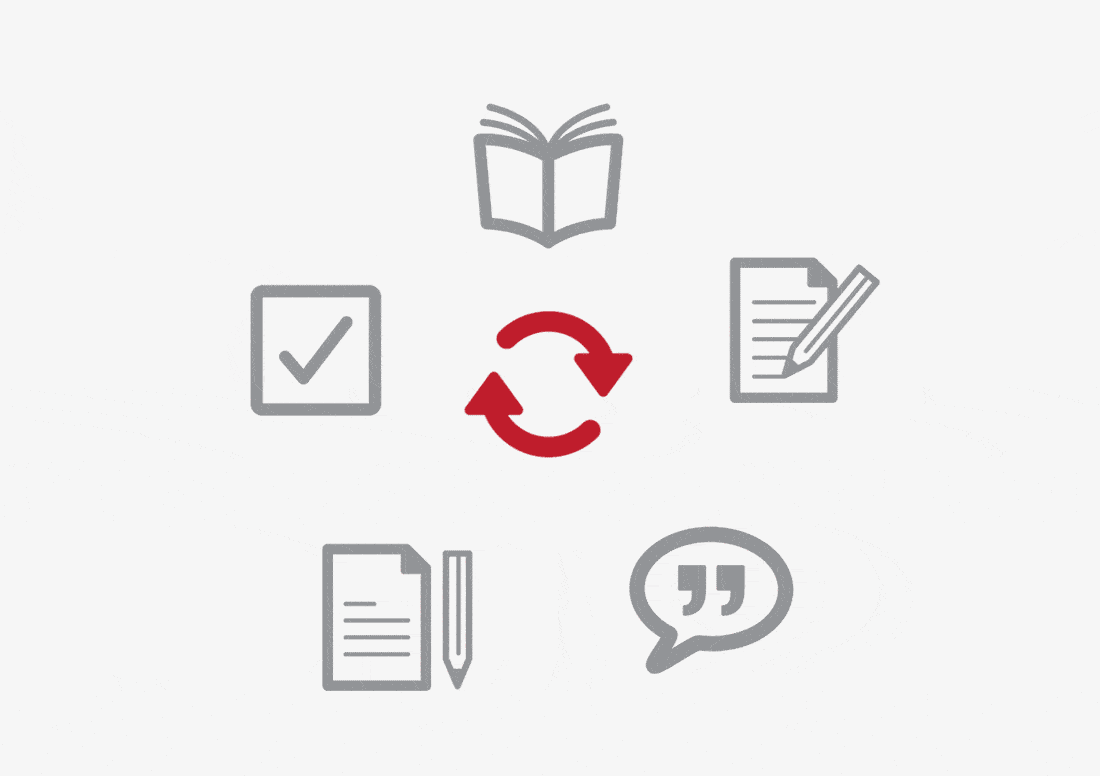Many business find it difficult to fit content strategy into their projects because of budget and time constraints. However, content strategy is an essential part part of all website development and digital marketing projects.
Producing good content for a new website is a big challenge and if you don’t take it seriously, the entire website may be at risk. If you think of your website like a new car – the servers and backend are the engine and the design is the bodywork and finishes. The content is fuel that keeps it running. Without fuel the car won’t run and will end up being parked on a drive looking pretty but not being very useful.
Planning content for your website or redesign project needn’t be an up-hill struggle. Follow our seven simple steps to a flawless Content Strategy:
1. Make A Record Of All Of Your Content
Start by making an inventory of all of the content pages on your website. Very few businesses have a full idea of how much content is on their website and inventories can be an eye-opening process for many. By doing a full inventory of your site you can more easily carry out an objective content review to identify any content areas where you aren’t supporting your customers enough or where your information is inconsistent. The inventory will also form the basis of your new content plan.
2. Analyse And Review Your Content
Check your inventory against your website analytics. Is there any duplication? Are there any pages that can be merged together to be offer a more succinct user experience? Are there any popular old content pages which can be updated, refreshed and recycled? Are there any poor performing content pages that can be retired altogether? A blog that hasn’t been updated for weeks or even months gives negative signals of a company who is too busy to be bothered or under-resourced to manage.
3. Get To Know Your Audience Better
Analytics is a powerful tool that can provide useful information on your content, but don’t forget to talk to your clients to understand what they think about your website content and what kind of information they are hoping to find there.
Understanding what your customer needs and wants to know is key to getting your content on message. Are any common themes or questions in your customer enquiries? How can your website answer their questions? Customer interviews will help you build a profile of your customers and give you a better idea of what their pain points are or what their end goal really is. Take time to get to know who your customers properly and you have a better chance of enticing them to buy into your products or services.
4. Develop An Editorial Style Guide
Having a strong brand proposition and a good understanding of your users is key to making sure your content is always on brand. A style guide sets you apart from your competitors and gives you a recognisable voice. It helps your employees to understand what is expected of them when they update the website and if you plan to outsource your content to a copywriter or guest writers, having a in-house style guide is essential.
5. Plan Your Content
Now you know who you are talking to and your tone of voice, you can start to think about how your content look when it’s on your website. If you have old content will it fit in the new site layout or does it need to be re-written? Is your content even written yet? Many small businesses make the mistake of thinking that if they build a brand new, mobile friendly website it will solve all of their problems, but don’t realise that writing for mobile needs a totally different approach to desktop websites. To save on stress and avoid producing the wrong type of or last minute poor quality content it’s essential to work on your content plan and content writing in partnership with your designer to make sure you end up with a set of templates, web pages and content layouts that work well.
6. Update Your Content Regularly
Once the thrill of the new website launch is over and the day-to-day job of cultivating new business takes over it’s easy to loose track of your content updates. Don’t let good intentions slip away. Make a long term editorial plan covering the next 6-12 months and try to stick to it. If you don’t expect you’ll be able to manage writing a couple of new blog posts every month, or your technical product posts need an editors polish to appeal to your user personas, hire a copywriter or content editor to help you. By planning ahead your can save time and money in the long term and you’ll be confident that during busy times you’ll will have some great content in the bank ready to publish.
Need Help With Your Website Content?
If you would like to know more about how we can help you with your content strategy, drop us a line or give us a call. We’re always happy to have a chat.
We have a range of content packages that can cater to website projects large or small. If you would like to know more about the steps we work please get in touch.
